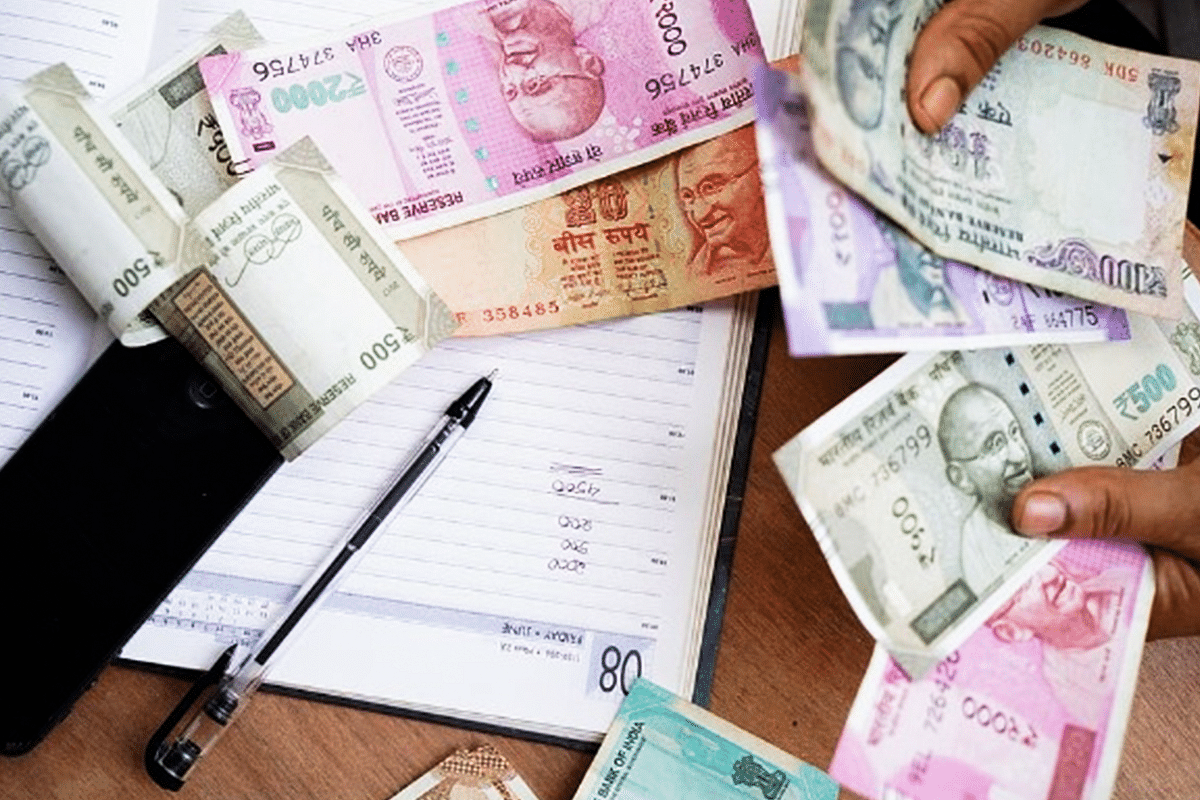News Brief
Wilful Loan Defaulter Numbers Continue Rising In Pandemic Aftermath
- Last two years have seen outstanding wilful defaulter loans increase significantly.

Wilful loan default numbers rise.
The total outstanding wilful defaulter loans have increased to Rs 6.8 lakh crore in June 2021, from Rs 6.22 lakh crore in December 2019. The figure stood at Rs 5.76 lakh crore in September 2019. Effectively, the number of wilful defaulters has risen over the last two years. However, the number peaked around December 2020, and stood at around Rs 7.6 lakh crore.
PSBs Lead Wilful Default Numbers
Wilful defaulters are borrower entities that do not pay back loans despite having the means to do so, resulting in higher non-performing assets (NPAs). These figures only account for loan values above Rs 1 crore, and accounts for overseas loans given out by Indian banks as well. While the loan figures have decreased from the December peak, the overall rise is disconcerting. The total numbers of cases have decreased from 26,480 in December 2019 to 26,022 in June 2021, which could imply an increase in the ticket values of the defaulting loans.
The share of public sector banks in total bank credit has declined significantly from around 79 per cent in 2015 to 59 per cent in 2020. Yet, they still continue to account for around 77 per cent of the wilful defaulter loans. Public sector banks’ weak capitalisation, lending restrictions, high NPA levels, and other business issues kept them from augmenting their loan books — an opportunity exploited by private sector banks in recent years. However, with increasing credit private banks have seen their share of wilful defaulter loans increase as well.
According to Reserve Bank of India (RBI), the loans that have not been provisioned for (gross NPAs) could increase up to 9.8 per cent by March 2022 in a baseline scenario, even reaching 11.2 per cent on a severe stress scenario. Nevertheless, these banks have the required capital to withstand even the severe stress scenario. Further, return ratios such as return on assets, and return on equity have maintained a positive uptrend through fiscal 2021.
September Quarter Could See A Rise In Default Numbers
Wilful defaulter data for the September quarter is yet to be made fully available. However, so far several banks have reported an increase in the cases filed in September quarter as compared to the June quarter, implying a possible rise in total wilful default cases. Other banks have seen the cases stay at the same levels with only a handful of small-scale operators witnessing a decline in cases.
The 25 lakhs and above loan category has seen a strong rise in wilful defaulters as well. The total loan amount outstanding stood at Rs 2.6 lakh crore for September 2021. In contrast, the same figure stood at Rs 2 lakh crore in December 2019. In percentage terms, the rise in defaults is a whopping 30 per cent in approximately a year and half, much higher than the Rs 1 crore and above category. A possible explanation is that smaller borrowers were more adversely affected by the Covid-19 pandemic, compared to larger borrowers.
According to some reports, a small number of players account for a large percentage of wilful defaults. The top 100 wilful defaulters accounted for around Rs 85,000 crore worth of loans, amounting to more than 10 per cent of total defaults.
Another NPA Crisis?
Nevertheless, the chances of a full-blown NPA crisis appear to be slim as the banking system has spent the last few years cleaning up their books and initiating recovery processes. The government has also been working on modifying the Insolvency and Bankruptcy Code (IBC) to help improve recoveries. In its current form, IBC is much more efficient at recoveries compared to the previous Securitisation and Reconstruction of Financial Assets and Enforcement of Security Interest Act (Sarfaesi Act).
Further, as highlighted earlier, the RBI believes that Indian banks have strong reserves to withstand severe stress scenarios both at individual and aggregate levels. The government had recapitalised PSUs that had lost money in NPAs through recapitalisation bonds. Banks have also begun focusing on their retail loan portfolio, rather than remaining dependent on business loans that carry more risk.
Finance Minister Nirmala Sitharaman recently addressed the issue, and said that banks have been instructed to recover NPAs. “We should take back the money which has been taken from the bank and is not serviced. It should come back to the bank,” she said during her recent visit to Jammu and Kashmir.
Introducing ElectionsHQ + 50 Ground Reports Project
The 2024 elections might seem easy to guess, but there are some important questions that shouldn't be missed.
Do freebies still sway voters? Do people prioritise infrastructure when voting? How will Punjab vote?
The answers to these questions provide great insights into where we, as a country, are headed in the years to come.
Swarajya is starting a project with an aim to do 50 solid ground stories and a smart commentary service on WhatsApp, a one-of-a-kind. We'd love your support during this election season.
Click below to contribute.
Latest